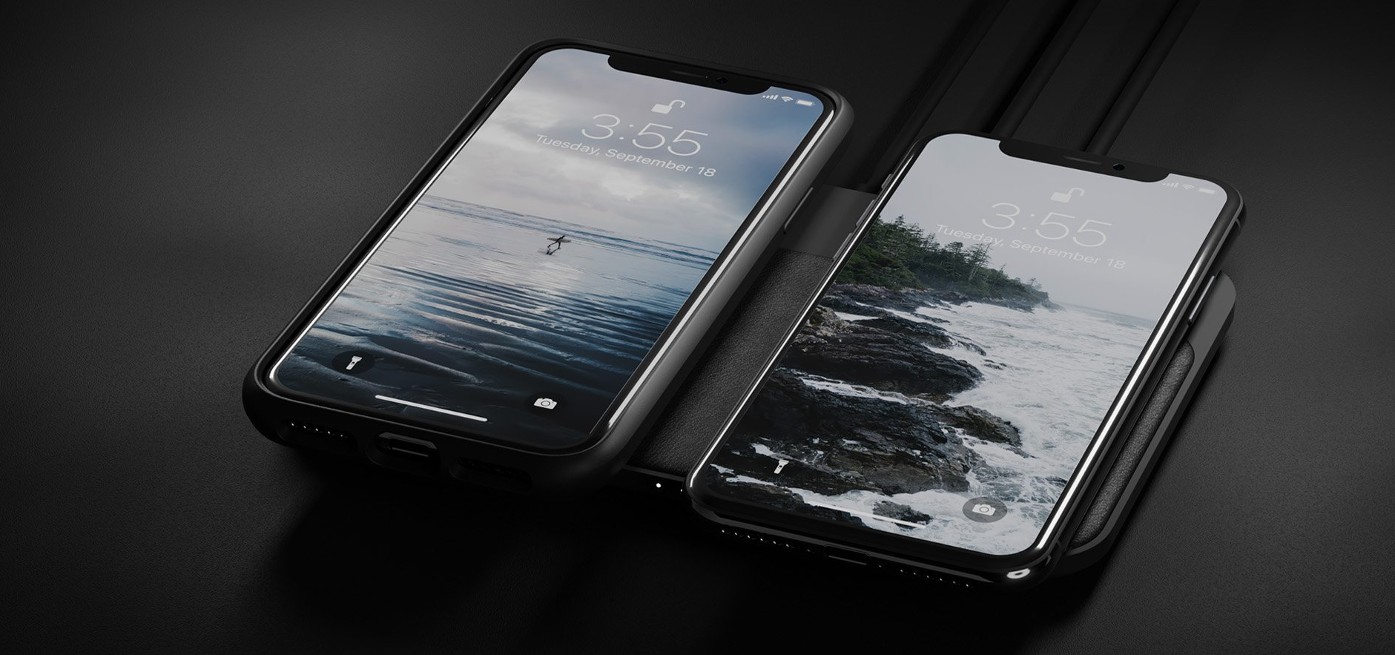
Buying Guide for Portable Signal Jammers
Key Takeaways Consideration Detail Product Weight Jammer Master’s portable jammers average 1.5Kg, significantly lighter than desktop models. Frequency Bands Capable of blocking multiple bands with
Free Worldwide Shipping & 1-Year Warranty!

As we approach the year 2023, the 5G era has already been in full swing for over four to five years, with the research and testing of 6G technology steadily progressing. It is widely expected within the industry that by 2030, we will fully enter the era of 6G. In light of this, what are the design ideas and development directions for mobile signal blockers in the 6G era?
Looking back at the evolution of mobile technology, each upgrade from 2G to 3G, and then from 3G to 4G and 5G, has taken only 5-8 years. However, the transition from 5G to 6G is likely to span a period of more than 10 years. In the past, each upgrade introduced new frequency bands to meet the demand for higher internet speeds and wider bandwidth. Similarly, mobile signal blockers have adopted the approach of continuously adding and stacking multiple frequency bands to achieve complete coverage of all types of mobile signals, ensuring reliable blocking effects.
In the current 5G era, although 4G and 5G signals dominate in urban areas, 2G and 3G signals remain the primary frequency bands for normal mobile communication in rural or open areas. Therefore, mobile signal blockers must consider all types of mobile signals, which means that a typical 5G mobile signal blocker now requires at least 10-12 signal blocking modules, each corresponding to a different mobile frequency band. With the advent of 6G mobile phones in the future, mobile signal blockers that support 6G must also keep up. The question is, how can they do so?
It is foreseeable that 6G will offer even faster internet speeds and wider bandwidth. This will inevitably lead to the utilization of higher frequency resources. Consequently, the future development trend for 6G mobile signal blockers will involve the addition of higher frequency 6G blocking modules. However, if we continue to simply increase the frequency bands as we have done in the past, the size of 6G mobile signal blockers will inevitably increase.
As a professional manufacturer of mobile signal blockers with years of experience, we propose a design approach and development direction that focuses on future trends. We believe that it is essential to start planning for the future by incorporating design considerations in current 5G mobile signal blockers, allowing for the provision of assembly space for additional modules in the future. By doing so, when 6G modules are introduced, existing devices and modules can continue to be used, minimizing unnecessary waste.
In conclusion, the development of mobile signal blockers for the 6G era requires a forward-thinking approach. By anticipating future trends and incorporating design considerations in current 5G mobile signal blockers, we can ensure seamless integration of 6G modules without compromising the size and appearance of the devices. As we move towards the 6G era, it is crucial for manufacturers to adapt and innovate to meet the evolving needs of mobile communication technology.
Our frequency checker tool will help you check all frequency bands used in all country.

Key Takeaways Consideration Detail Product Weight Jammer Master’s portable jammers average 1.5Kg, significantly lighter than desktop models. Frequency Bands Capable of blocking multiple bands with

In an age where the sky is dotted with drones, the importance of drone jammers has never been more significant. From commercial deliveries to personal

Protect your vehicle’s location privacy with a professional guide on GPS jammers. From selection to legal considerations and installation tips, we’ve got you covered. Key

Understanding Signal Blocker: How It Works and Its Applications Signal Blockers are devices that can disrupt mobile phone signals, preventing them from connecting to base

The Application and Benefits of High-Power Signal Jammers Enhancing Signal Blocking Efficiency in Various Environments In today’s technologically advanced world, the need for effective signal

Considerations for Purchasing Exam Room Signal Jammers Ensuring Effective Signal Jamming for Exam Integrity As the year approaches its end, many schools are preparing for

The Importance of Monitoring and Signal Interference Measures During Examinations During examination periods, it is crucial to closely monitor the examination venues and their surrounding

Selecting the Appropriate Cell Phone Jammer for Theaters and Auditoriums Overcoming Challenges in Installation and Maximizing Signal Disruption The Importance of Cell Phone Jamming in

Remote Control of Cell Phone Jammers via Smartphone: A Possibility? With the rapid development of the Internet of Things (IoT), numerous smart home devices have